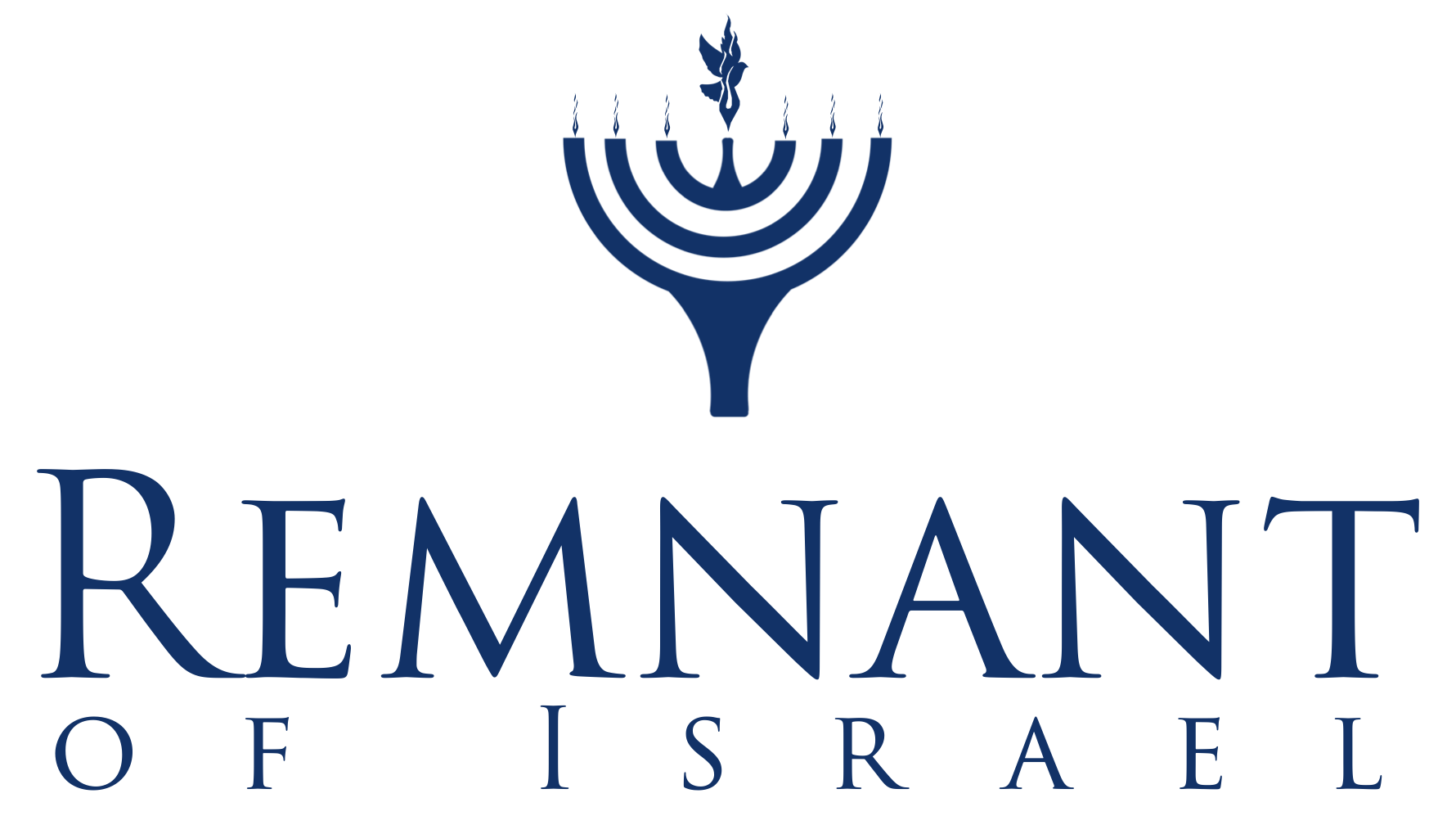יום הכיפורים
Day Of Atonement (Yom Kippur)
The Day of Atonement, better known as “Yom Kippur” (the day of covering, canceling, pardon, and reconciling) falls on the 10th of Tishrei ((the 7th Biblical month corresponding with September/October of our calendar year.)
Scriptural references: Leviticus 16:29-34, 23:26-32; and Hebrews 9:11-14, 22-24, 10:1-25.
Yom Kippur, the Day of Atonement, is the most solemn and important day in the Biblical calendar. Only once each year was the High Priest permitted to enter the Holy of Holies in the Tabernacle or Temple and to approach the Lord where His Spirit resided above the Mercy Seat.
The High Priest went through a complex set of sacrifices to atone for his own sins and the sins of all the people. A goat was then led outside the walls of the city to die, symbolically taking the sins of the people with it. The High Priest was then able to enter the Holy of Holies and sprinkle blood on the Ark of the Covenant. It was by no means certain that he would leave there alive. He only returned if God had accepted the sacrifice of blood. If he lived, he would go outside, lift his hands and pronounce the Aaronic blessing on the people.
The blood of bulls and goats could not provide true and permanent forgiveness of sins, so God’s Son (Yeshua) came to provide the ultimate sacrifice of Himself. He was sentenced to death in the Temple by the High Priest who said, prophetically, that ‘it was good that one man should die for the nation.’ Yeshua was then led outside the walls of the city to bear the sins of the people – all the people of the world, not just the Israelites of that day.
When the Temple was destroyed by the Babylonians, and again by the Romans, there was no longer a Holy of Holies, a High Priest, or a sacrificial system. The Jewish people had to find another means of atonement. Their solution was prayer and good deeds.
Today, the traditional Jews spend the Day of Atonement n repentance, fasting, and in prayer, petitioning God to have their name written in the Book of Life for one more year. As believers in Yeshua, Messianic Jews know that their name is written in the book of life for eternity. However, this day remains a good time to approach the Lord with the fear and awe He deserves. We are to repent of our sins and to thank Him for the sacrifice that brings us into continual “at-one-ment” with Him. Our atonement then allows our names to be recorded forever in the Lamb’s Book of Life.
A few dress traditions also mark Yom Kippur. Many choose to wear white on this holiday and some avoid wearing leather (shoes or belts). White is a symbol of purity and how we are purified by the atoning blood of Yeshua who is our high priest. It helps us remember the biblical High Priest who dressed in white linen on Yom Kippur. The custom of avoiding leather is because leather requires the death of a living animal. As we repent, some do not want to be wearing an item that required the death of something else. For this reason, some wear flip-flops, crocs, synthetic sandals, or canvas shoes instead of leather.
Yom Kippur is a Sabbath from evening until evening. It is a day marked by complete fasting and prayer. It is a “Sabbath unto the Lord: “Do no regular work.” Lev. 23:28.
